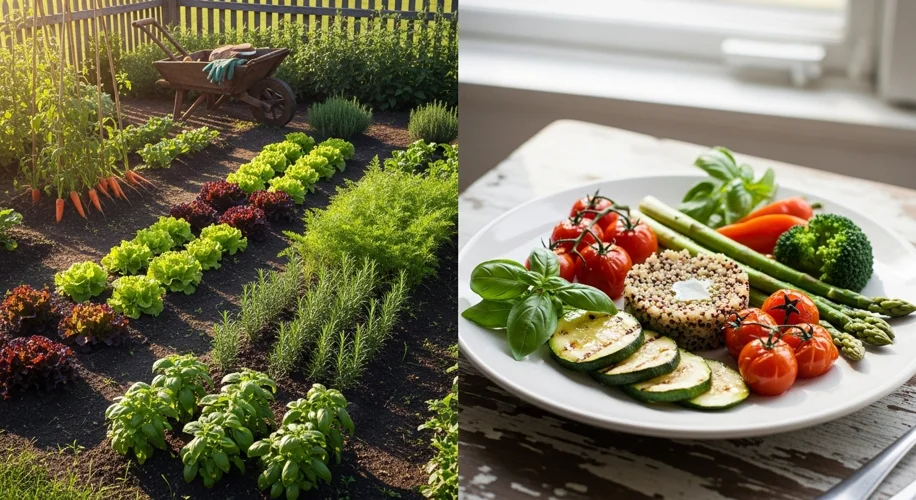You know, I spend a lot of time in my garden. It’s not just about getting my hands dirty; it’s about understanding where our food comes from, and how the way we’ve grown things for centuries has shaped the very flavors we love today.
Think about it. Long before fancy cookbooks and molecular gastronomy, people were developing recipes based on what they could grow and how they grew it. Our ancestors were the original food scientists, driven by necessity and a deep connection to the land.
One of the oldest and most important practices is crop rotation. Farmers learned early on that planting the same crop in the same spot year after year depleted the soil. By rotating crops – say, planting beans one year, then maybe root vegetables the next, followed by leafy greens – they not only kept the soil healthy but also influenced the types of flavors and ingredients available to their communities. Different plants have different nutritional needs and give back different things to the soil, which in turn affects the taste and quality of the harvest. It’s a cycle that inherently encourages diversity.
Then there’s companion planting. This is the art of placing certain plants together because they benefit each other. For example, basil planted near tomatoes is thought to improve the tomato’s flavor and deter pests. Carrots and rosemary are another classic pairing, with rosemary supposedly repelling the carrot rust fly. These beneficial relationships weren’t just about maximizing yield; they were about nurturing healthier plants that often translated into more vibrant, nuanced flavors. It’s like these plants were having conversations in the soil, leading to better food.
And let’s not forget heirloom varieties. These are the open-pollinated plants passed down through generations, often chosen for their unique flavors, colors, and textures, not just their ability to survive industrial farming. My own garden is a testament to this. I grow ‘Brandywine’ tomatoes, which have a rich, complex flavor that’s hard to find in supermarket varieties. I also love planting ‘Moon and Stars’ watermelons, which are a beautiful relic from the past. Each heirloom variety tells a story, and its flavor is a direct link to that history. These aren’t just different types of carrots or beans; they’re living history, cultivated for taste above all else.
When I’m developing recipes, I often find myself thinking about these historical practices. If I’m growing tomatoes, I think about what they grew well with historically – maybe basil or marigolds. If I have a bounty of zucchini, I recall how it was often paired with summer squash and fresh herbs. It’s about honoring that tradition and letting the inherent qualities of the produce guide the creation.
My garden isn’t just a source of fresh ingredients; it’s a classroom. It teaches me about patience, sustainability, and the incredible way our food system, and our love for good flavor, is deeply rooted in the soil and the wisdom of those who came before us. Next time you’re enjoying a meal, take a moment to think about the journey of those ingredients, from the earth to your plate, and the horticultural practices that made it all possible.

